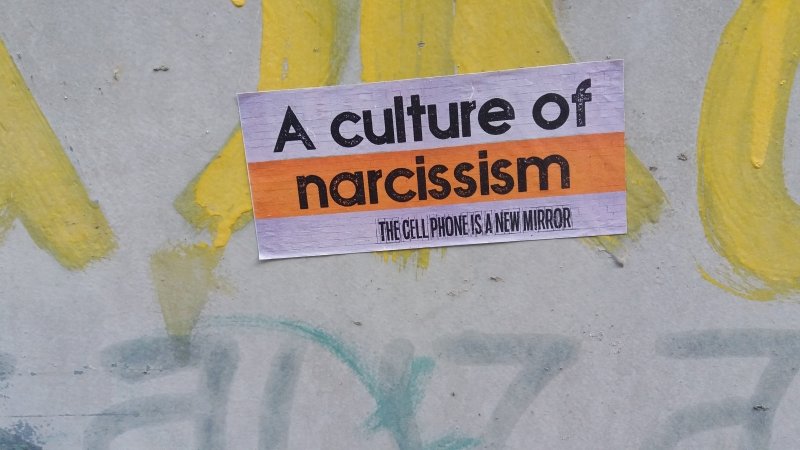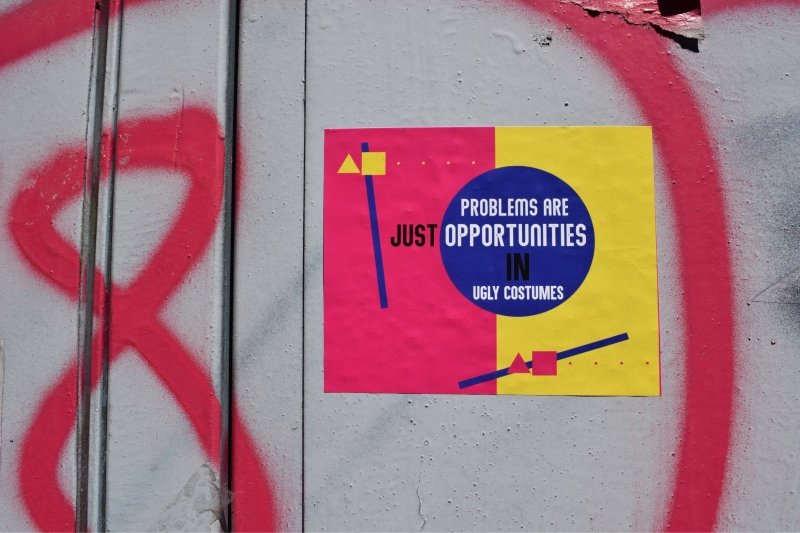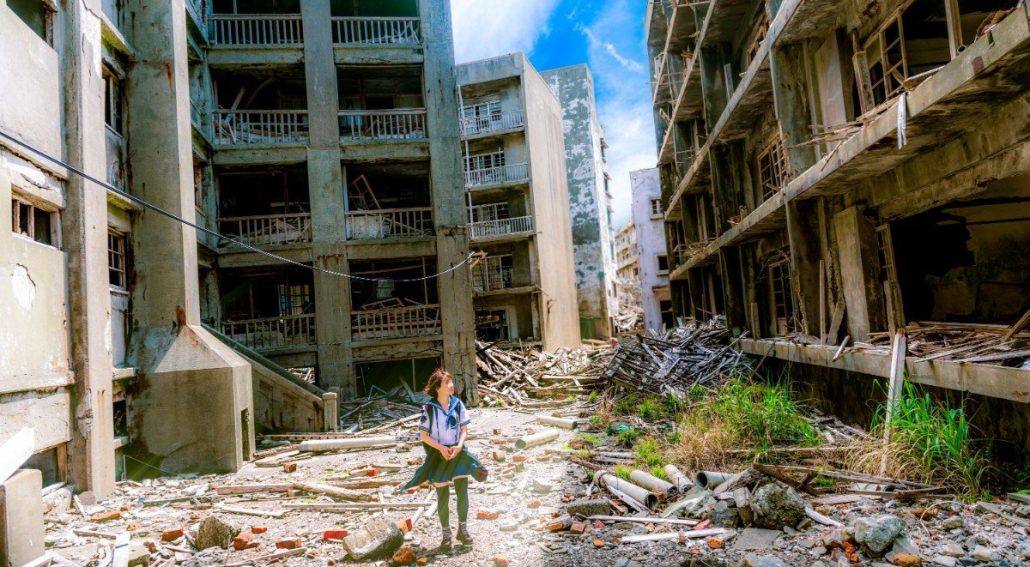
Root Cause of Narcissism: Narcissism In Society Uncovered
Root cause of narcissism: Consciousness moves cyclically from expansion to contraction in lesser and larger degrees. You can see this reflected in patterns of nature, as well as in the phases of growth and expansion, and the decay and destruction of societies and human behavior.
Looking back in history, you can see the rise and fall of empires and civilizations.
What we see unfolding before our eyes is no different. Western societies have dominated global trade and thinking for the last several hundred years or longer; now, those same western societies are feverishly involved in collective destruction, and so the pendulum swings.
The Larger Perspective & Cycles of Consciousness
It is necessary to take a step back and look at what is unfolding from a larger perspective. That larger perspective provides an overview to what may seem to be madness and senseless destruction, but is still part of nature—the natural cycle of consciousness.
That larger perspective—in which there is no choosing or judging one side or the other—can provide some sense of calm and non-duality. Having established that larger perspective, it might be interesting to explore the psychological patterns that are contributing to the current decay of western societies from a trauma perspective.
Whatever Is Unresolved Repeats Itself Over Time:
Whatever emotion is unresolved repeats itself over time, and grows in both force and complexity. When overwhelmed, you deal with that overwhelm through a fight, a flight, or a please-appease response. When none of these three responses seem to work for you, you default into a freeze-shutdown response.
When that feeling of being overwhelmed stays in your body without being addressed and resolved, you often move between periods of shutdown and being depressed, then back to being highly activated through anxiety, anger, or sadness.
Whatever emotion is unresolved repeats itself over time, and grows in both force and complexity. When overwhelmed, you deal with that overwhelm through a fight, a flight, or a please-appease response. When none of these three responses seem to work for you, you default into a freeze-shutdown response.
Your survival responses of fight, flight, and please-appease turn into hardwired behaviors that are marked by attempting to overcome or avoid that initial hurt of feeling helpless, invalidated, abused, or overwhelmed.
The Root Cause of Narcissism & The Fight-Anger Response
The behaviors demonstrated in a hardwired, fight-anger response, are a need to control, a need to subjugate others, a need to dominate to get a sense of validation, to impose a particular view of reality onto others, and to shame and gaslight in order to make others comply. When taken to an extreme, this fight-anger response, alongside the above-mentioned behaviors, makes for a psychopath or sociopath; the applied techniques fall under the banner of narcissistic abuse (possibly the root cause of narcissism).
At the opposite end of the fight-anger response is the please-appease response. Similarly, the please-appease personality acts out to minimize or avoid his or her initial core hurt of helplessness and feeling emotionally overwhelmed, but tends to subjugate, to anticipate other’s actions and behaviors to minimize abuse or to get validation, and is highly sensitive and empathic but at the cost of a loss of boundaries and sense of self.
The Please-Appease Survival Response
Those with an established please-appease response will, out of a need to survive, have great difficulty in fighting back or setting boundaries out of fear of harm or rejection. Furthermore, they often have a constant need for outside validation in order to have some sense of self and/or to minimize further abuse, and might have some form of denial or cognitive dissonance regarding the abuse or abuser that protects them from not having to act and from feeling emotionally overwhelmed again.
The please-appease response lends itself to conformity, to acceptance, and to subjugation, which in turn is the ideal personality for the narcissist, psychopath, or sociopath to take advantage of.
This brings us back to the current state of world affairs. What happens on a smaller scale is also reflected on a larger scale. These patterns of character and survival response are (intentionally) perpetrated through continuous (institutional) trauma.
Symptoms of Narcissistic Abuse & The Root Cause of Narcissism
If we look at the last few decades, there has been the war on drugs, the war on terror, and now we have the war on ‘the virus’; the war on climate is pending, and most likely after that, the war on some sort of alien invasion.
These last years have shown clearly how questioning the main narrative resulted in people and institutions being gaslighted, shamed, ostracized, silenced, or censored. Moreover, the narrative and goalposts have continually been changed in order to maintain control and impose a particular world view; there has been abuse by proxy of those who identify with the narrative, and a whole lot more control, manipulation, and attempts to subjugate.
The Dynamics Between The Fight-Anger & Please-Appease Personality
On the other hand, we have had the majority of people comply, conform, subjugate, and accept the removal of their freedom of movement, freedom of speech, and freedom of bodily autonomy.
What is unfolding right now is no different from what has happened throughout history. The dynamics between an unresolved fight-anger response (the root cause of narcissism) and the please-appease response have always been there. What might be different this time is the scale of it.
Again, there are continuous cycles of consciousness, of contraction and expansion to lesser and larger degrees. What we might be seeing right now is a contraction of consciousness to a larger degree.
Creating An Overview & Non-Dual Perspective
There isn’t space in this article to go into how to stay safe, or how to navigate the current challenges and terrain; however, an awareness of the underlying, unresolved, emotional patterns might help you to see what you need to work on personally, and might also help you to hold that larger non-dual perspective without getting lost in choosing a side and becoming part of an opposite, of conflict.
The New Course 'Healing from Narcissistic Abuse' is now available.
This course gives you the know how and tools to work towards more independence, away from the codependency attachment to a narcissist. As a byproduct of the above, you will, in time, be able to be more financially and emotionally independent.
This course will help you give you the insights of why you please-appease, how that ties in with the need for belonging and how that creates symptoms of attachment, anxiety, and depression. Furthermore, you will be guided through the somatic meditations and techniques to rewire those survival responses and bring them to more healthy balanced-out levels.
This course will go into how to gradually set boundaries, through accessing anger constructively, and how that will help you to reduce anxiety and dependence and how thereby you will give more validation to yourself.












